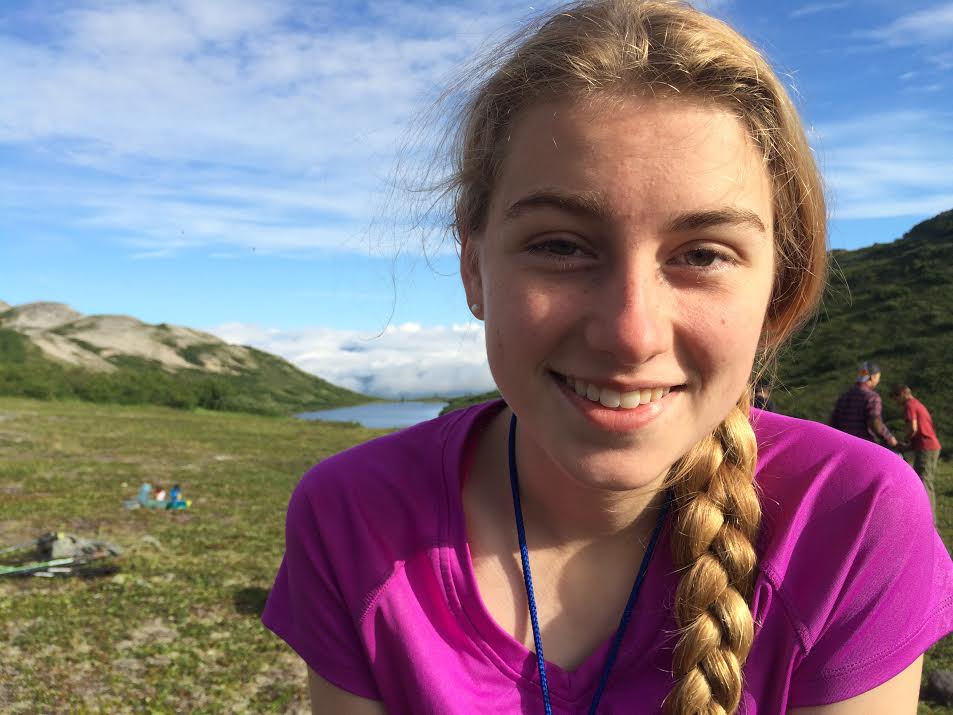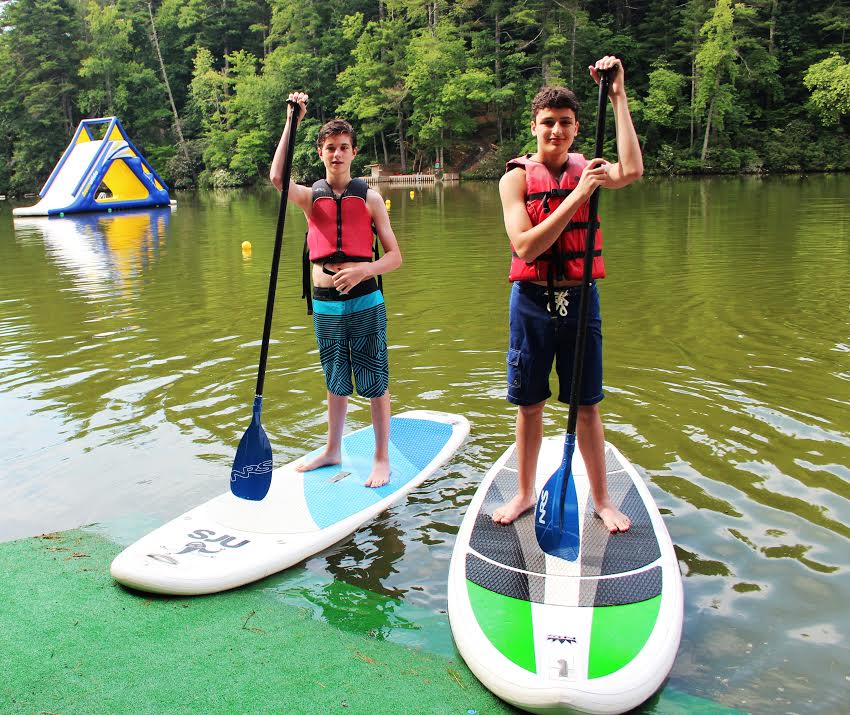 Thank You for Being Late by New York Times columnist Thomas Friedman is the most powerful book I have read this year, and it does an outstanding job of explaining the current state of the world and the “accelerators” driving the insane pace of change. Friedman’s accelerators include Moore’s Law, Big Data, the markets, population growth, and global warming—all whose effects are expanding exponentially. At this point, the pace of change has exceeded most humans’ ability to adapt.
Thank You for Being Late by New York Times columnist Thomas Friedman is the most powerful book I have read this year, and it does an outstanding job of explaining the current state of the world and the “accelerators” driving the insane pace of change. Friedman’s accelerators include Moore’s Law, Big Data, the markets, population growth, and global warming—all whose effects are expanding exponentially. At this point, the pace of change has exceeded most humans’ ability to adapt.
Throughout the book, Friedman points out suggestions to help one thrive in the years ahead. Without knowing it, he makes a compelling case for the Adventure Treks experience by emphasizing the importance of three of our most defining outcomes:
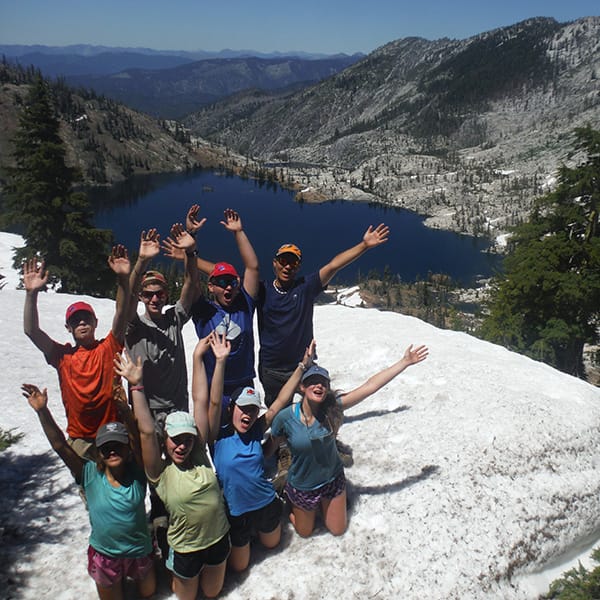 1. Time to reflect
1. Time to reflect
By temporarily removing kids from their busy, tech-filled lives, Adventure Treks provides a natural environment where students have the opportunity to be alone with their thoughts and reflect on their place in the world. “To whiz through our obligations without time for a single mindful breath has been a model for a successful life,” Friedman writes. But a pause is important; wisdom comes through reflection, and we are building a world that isn’t giving anyone the time to turn information into wisdom. “Not everything is better faster or meant to go faster.”
An extended break, surrounded by wilderness, is a unique opportunity to realize what is most important and help choose, how in our terms, we want to fit in with 21st-century life.
2. The 4 C’s
Intelligence used to be defined by the breadth of what we knew. Now, with the advent of artificial intelligence, information is becoming a commodity—and intelligence is instead knowing what questions to ask. “Not only are we required to think both inside and outside of the box, but now we need to be prepared when there is no box at all,” writes Friedman. While technological skills are important to thrive in this accelerating and changing world, Friedman emphasizes the importance of “stempathy skills,” which include the ability to communicate, collaborate, empathize, flourish with uncertainty, and think creatively and critically. Friedman notes that the only occupations that have shown consistent wage growth since 2000 require not only cognitive skills, but, more important, strong social skills.
Friedman implores educators to focus on the 4 C’s (communication, collaboration, creativity, and critical thinking—and to this he adds coding); these line up with what the research and advocacy by the Partnership for 21st-century skills. He emphasizes that these 4 C’s are not innate skills, but ones that can be taught. He warns that any skill without a strong human component will be replaced by computers or robots. We feel, and research from University of New Hampshire on Adventure Treks supports, that there are few better ways to improve one’s communication, collaboration, creativity, and pro social skills than an Adventure Treks outdoor experience.
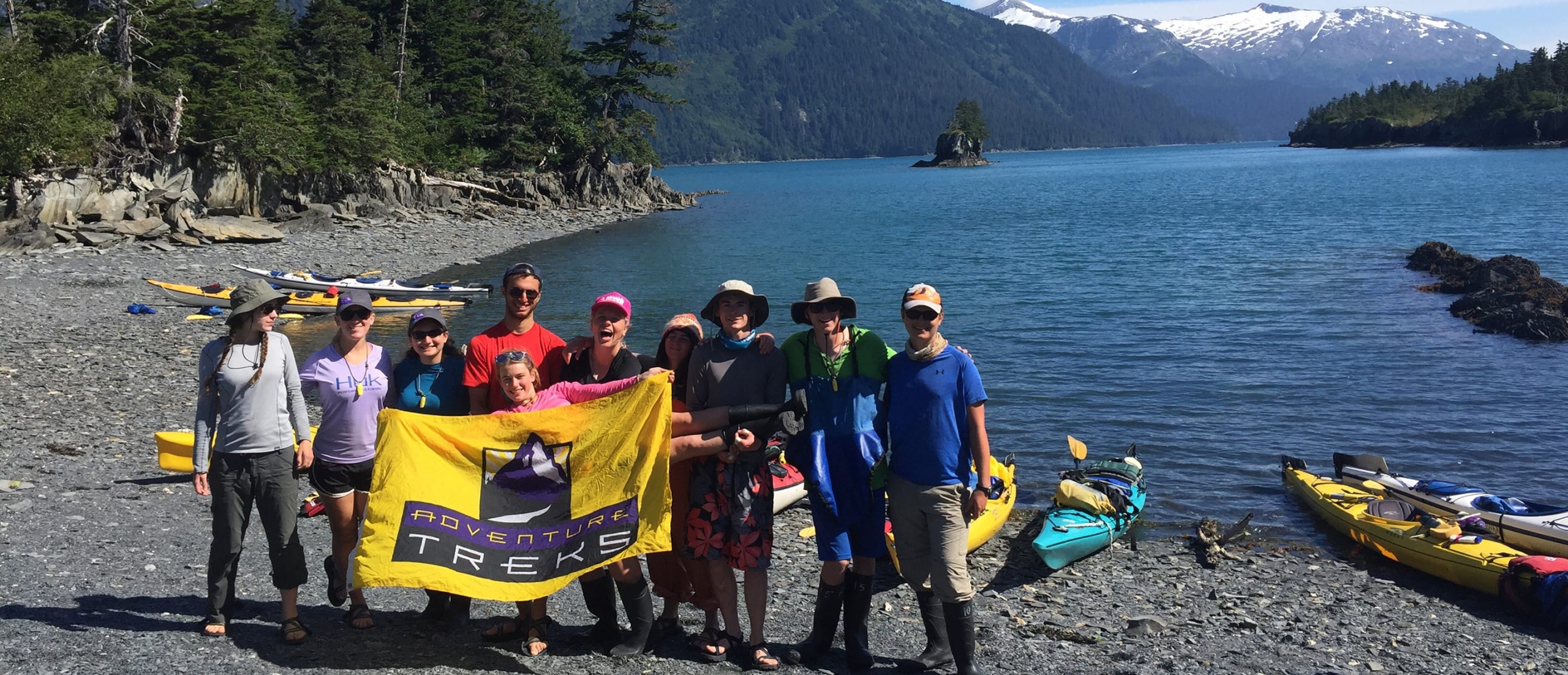 4. The importance of community
4. The importance of community
In a technological world, we spend a lot of time in cyberspace where there are essentially no rules. There is a general feeling that the world is becoming less stable and that fewer people know the “rules” of living in society. If we want society to remain stable, Friedman emphasizes the importance of community, character, and values, and knowing how to live as a contributing member to one’s community. Anthropologically speaking, humans are meant to live in a community, and studies show that we are happier when we are connected to others. Relationships are the hallmark of the human experience, and they can only be nurtured with time. Our ability to forge human relationship is a unique human capacity and is what separates us from nature or machines.
Friedman affirms that character is rarely an individual accomplishment; rather, it emerges through “joined hearts and souls and in a group.” Our focus at Adventure Treks is “cultivating the intense, thick community” that Friedman and David Brooks emphasize. Once students have experienced the power and joy of a close community experience, they seek it out elsewhere and facilitate community in the groups they work and live in. A strong community experience provides important grounding in a constantly changing world.
As the world becomes more technological, we feel a great way to build skills to thrive in this world is to actually take a break and spend time outside with friends. While our students are having fun in the outdoors, they come home with a skill set that better prepares them to thrive in this new age of accelerators.

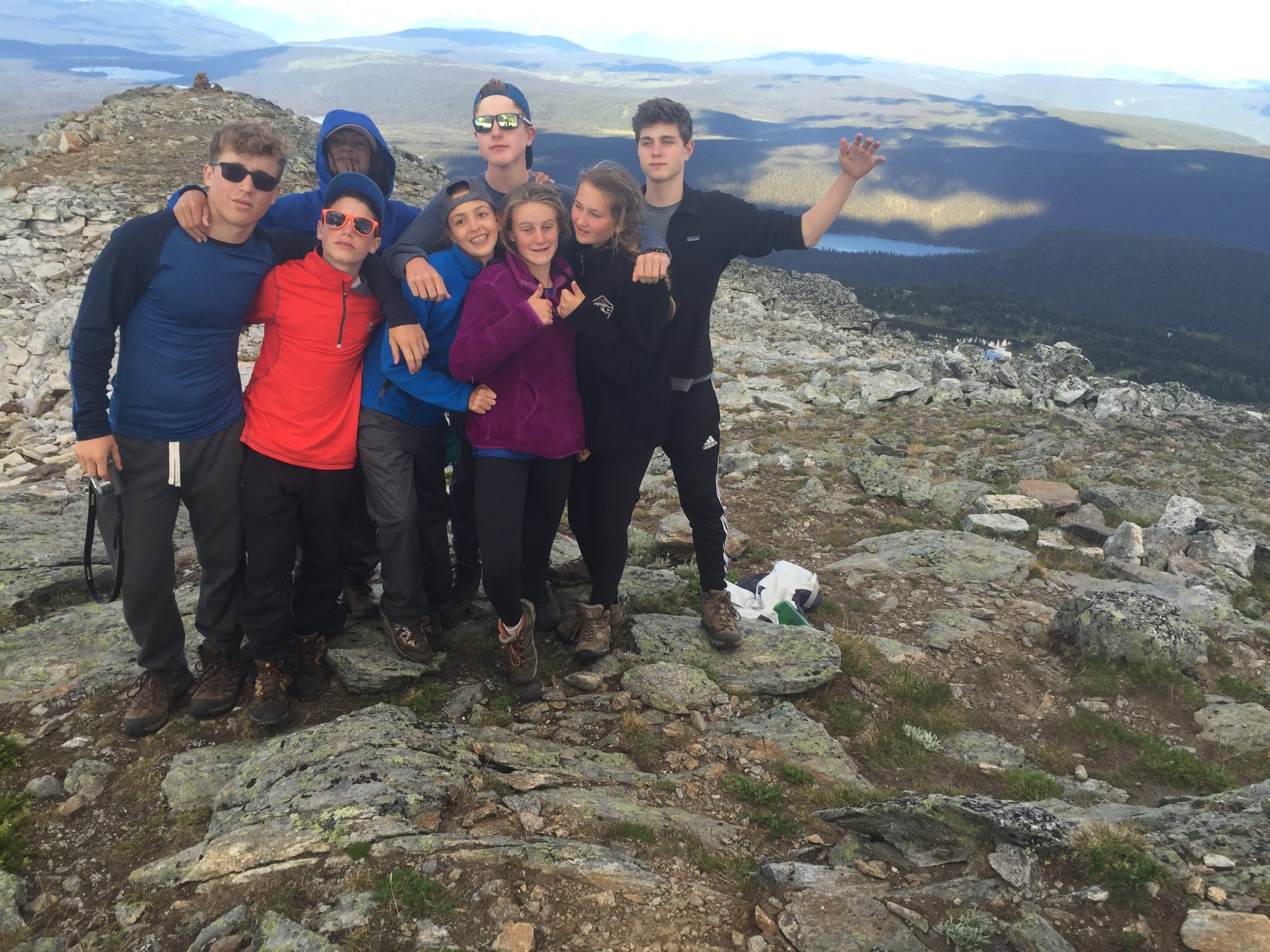


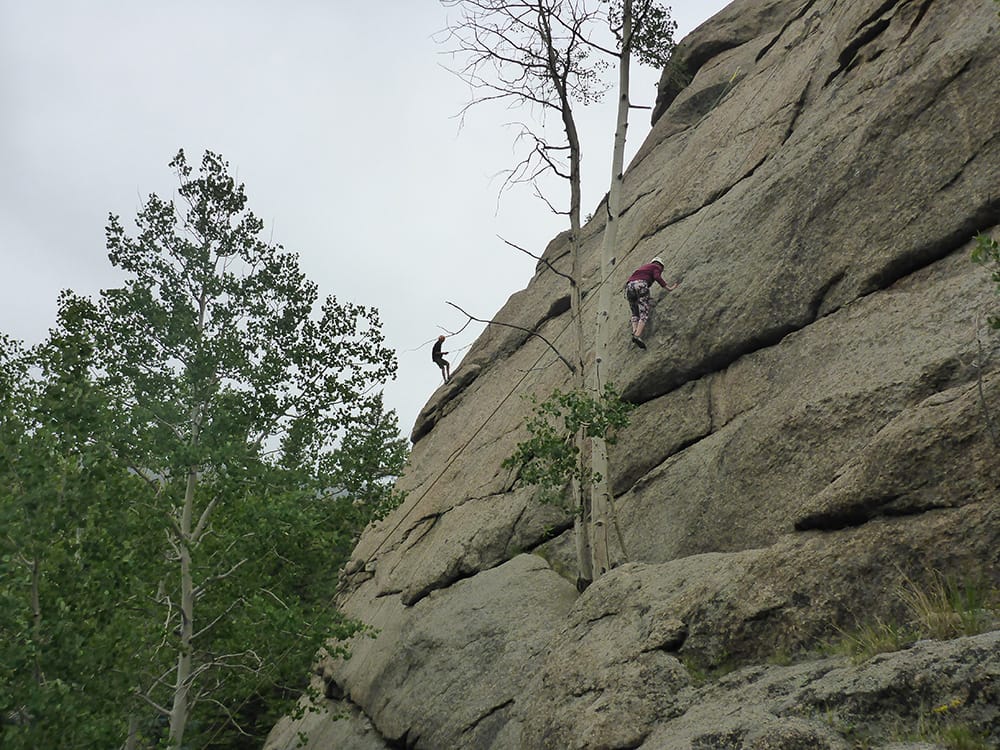
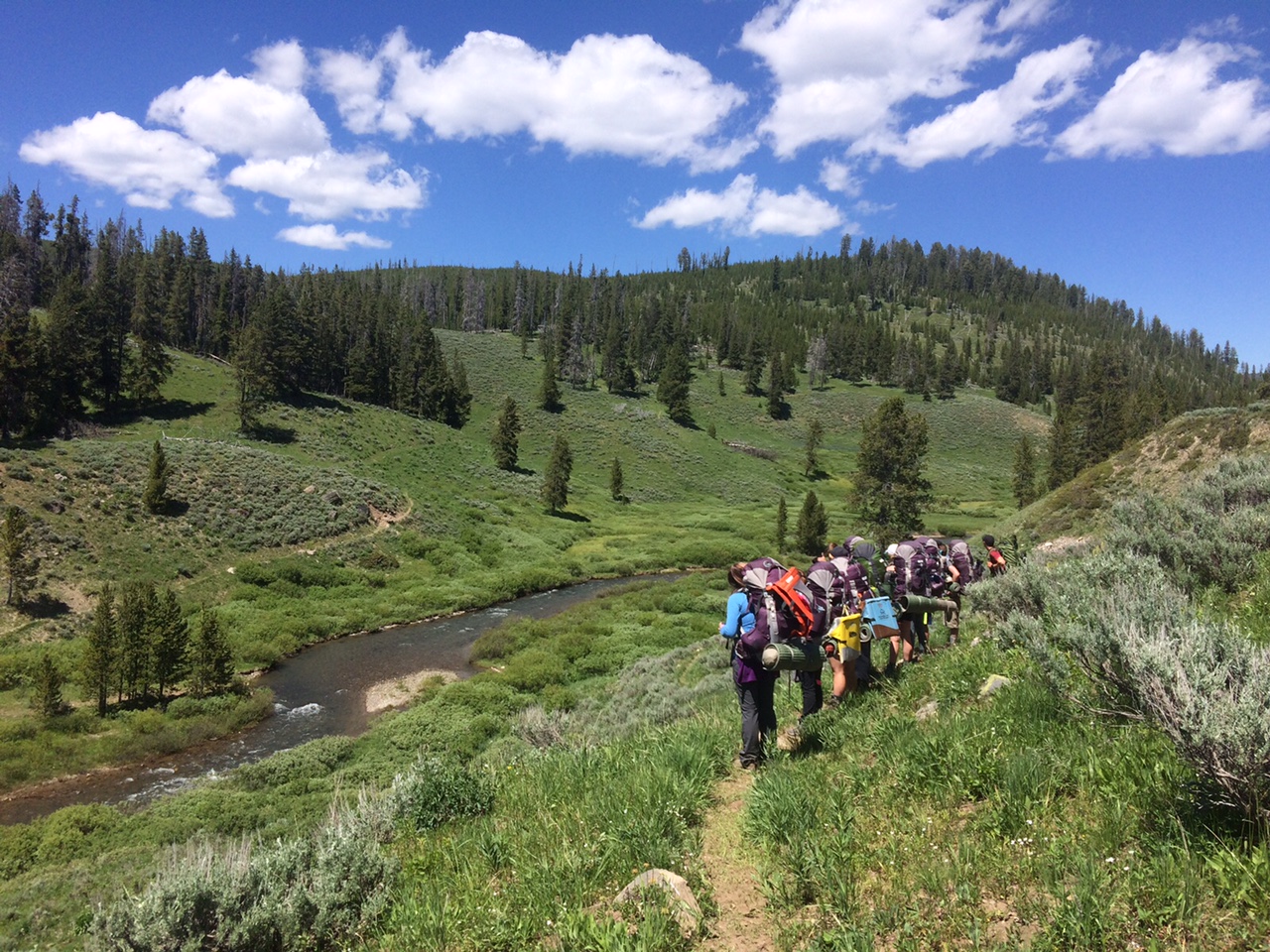 1. Yellowstone National Park, in Wyoming, Montana, and Idaho, was the world’s first national park, established in 1872. This was 20 years before those three states were granted statehood in our country, and more than four decades before the National Park Service was created, in 1916. Yellowstone began to change the landscape of how Americans viewed nature and the outdoors, and it has spurred the creation and designations of thousands of national parks around the world.
1. Yellowstone National Park, in Wyoming, Montana, and Idaho, was the world’s first national park, established in 1872. This was 20 years before those three states were granted statehood in our country, and more than four decades before the National Park Service was created, in 1916. Yellowstone began to change the landscape of how Americans viewed nature and the outdoors, and it has spurred the creation and designations of thousands of national parks around the world.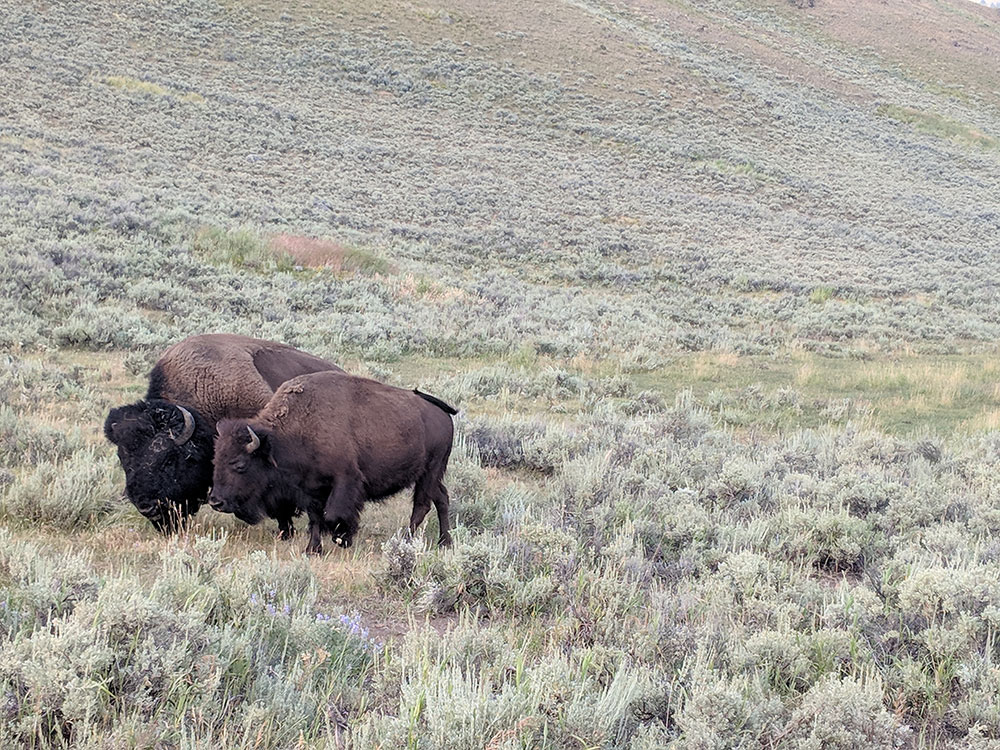 4. You will likely see some wildlife! Yellowstone boasts the largest free-roaming herd of bison in the world. In addition, the park is full of elk, moose, bears, and wolves (though the latter tend to keep to themselves). It’s ecosystem is impressive, with more than 65 species of mammals, 285 species of birds, and even two threatened species, the Canada lynx and grizzly bear, and one endangered species, the gray wolf.
4. You will likely see some wildlife! Yellowstone boasts the largest free-roaming herd of bison in the world. In addition, the park is full of elk, moose, bears, and wolves (though the latter tend to keep to themselves). It’s ecosystem is impressive, with more than 65 species of mammals, 285 species of birds, and even two threatened species, the Canada lynx and grizzly bear, and one endangered species, the gray wolf.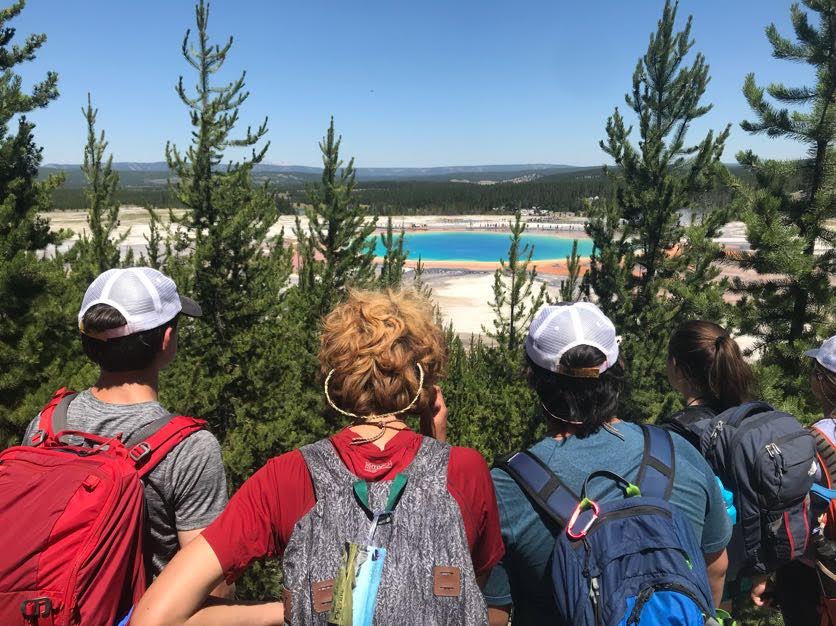
 Hiking is an incredibly fun and informative activity, and you don’t need a five-day backpack in a remote area to appreciate all of the benefits. Taking an hour or two out of your week to take your kids for a walk in the woods is a great way to get some outdoor adventure time. It requires minimal skills, equipment, and resources. Most major cities have nearby nature preserves with surprisingly beautiful hikes.
Hiking is an incredibly fun and informative activity, and you don’t need a five-day backpack in a remote area to appreciate all of the benefits. Taking an hour or two out of your week to take your kids for a walk in the woods is a great way to get some outdoor adventure time. It requires minimal skills, equipment, and resources. Most major cities have nearby nature preserves with surprisingly beautiful hikes.  If weekend trips are simply out of the question for you as a parent, there are still options for you to help your teenager further his or her outdoor dreams. If your child has an interest in rock climbing, local indoor rock climbing gyms can be just what you’re looking for. Most climbing gyms offer excellent “bouldering,” which means climbing at low heights without a rope, often not leaving the ground higher than eight feet and staying over soft foam pads. Bouldering offers the opportunity to work on the physical and athletic parts of climbing, and anyone can participate. Climbing gyms offer routes for all ability levels, and professional instruction is usually available as well.
If weekend trips are simply out of the question for you as a parent, there are still options for you to help your teenager further his or her outdoor dreams. If your child has an interest in rock climbing, local indoor rock climbing gyms can be just what you’re looking for. Most climbing gyms offer excellent “bouldering,” which means climbing at low heights without a rope, often not leaving the ground higher than eight feet and staying over soft foam pads. Bouldering offers the opportunity to work on the physical and athletic parts of climbing, and anyone can participate. Climbing gyms offer routes for all ability levels, and professional instruction is usually available as well.